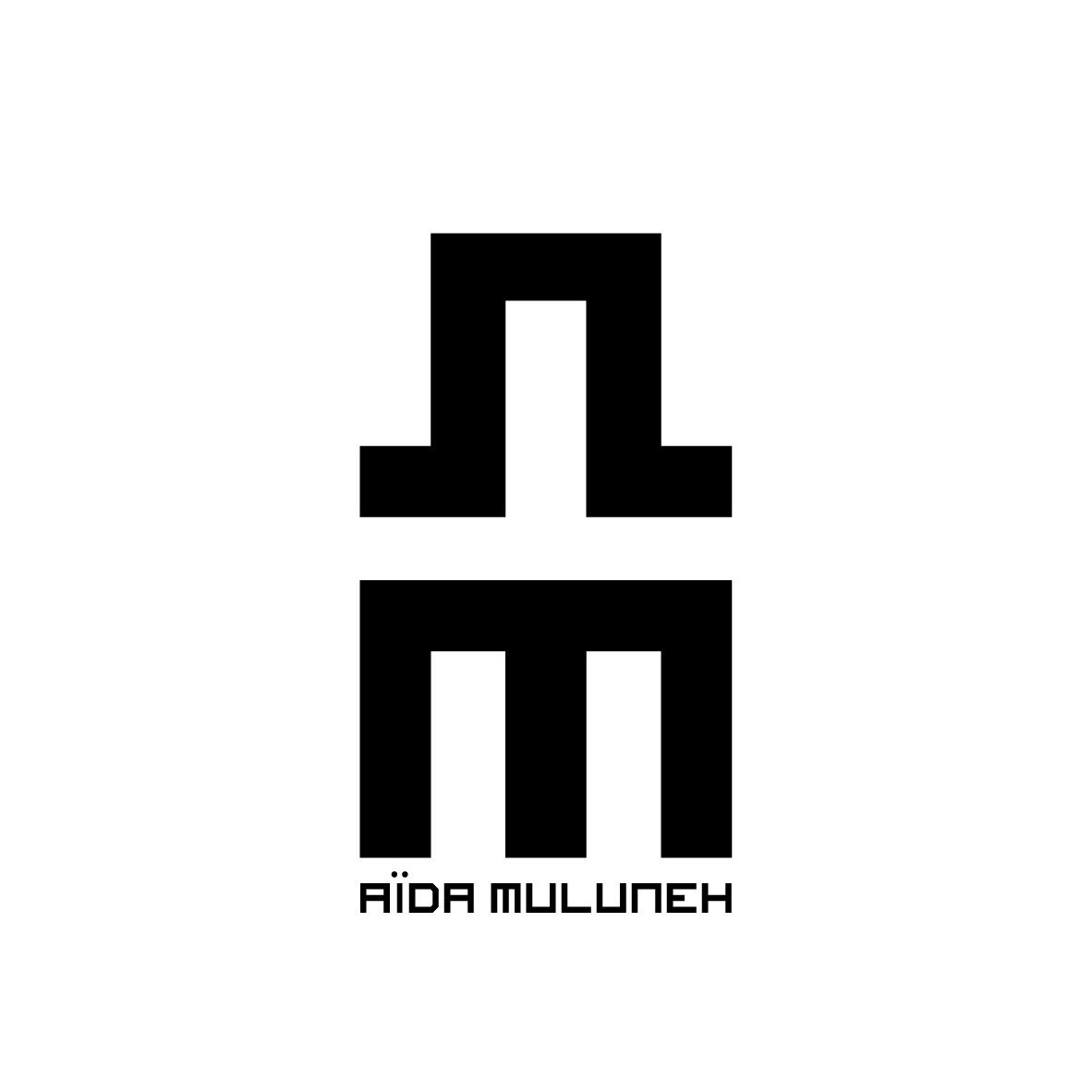Vice
The World's Largest Contemporary African Art Fair Returns to Brooklyn
1:54 New York has both a social- and market-driven mission.
By Antwaun Sargent
May 7, 2016
This Frieze week, the 1:54 Contemporary African Art Fair is back. 1:54 launched in 2013 in London by Touria El Glaoui, having made its debut New York last year, and features both works by established and emerging artists. The galleries present works by artists connected to one of the 54 countries on the continent. This year 1:54 takes place again at artist Dustin Yellin’s Pioneer Works, in Red Hook, Brooklyn. The invitation-only fair features over 100 works from 64 artists representing 27 countries from the continent and diaspora. 1:54 also includes programing that seeks to fully contextualize the latest in contemporary African art right now.
“The objective of 1:54 is to give visibility to contemporary African artists and artists from the diaspora,” explains 1:54 founder, Touria El Glaoui, to the Creators Project. “The fact that these artists haven’t been in the market before was a problem for me. I really wanted to target the main art cities of the world, which are New York and London, and make sure that visibility was accessible to contemporary African artists and the artists from the diaspora.” She adds, "The reaction has been positive and we had an audience who wanted to know more and a few exhibitions throughout the U.S. came out of what was seen here at 1:54 last year.”
This year's 1:54 New York features works by some artists who showed last year. Lawerence Lemaoana’s fabric work, The Rat King, represents the South African artist’s return to the fair. Bille Zangewa’s silk tapestry painting, Divine Intervention, and William Kentridge’s Nose 21 represent a second round of works at the fair by both artists. 1:54 also features sculptures by Frances Goodman. Lilith, a colorful flower-like walk sculpture is comprised of hundreds of acrylic nails. It points to the artist’s exploration of feminism, female beautification, and how societal pressures lead to desires for aesthetic perfection. Photography is also prominently on display at 1:54. The Ethiopian artist Aida Muluneh’s Sai Mado, The Distant Gaze, deals with the ways in which identity and memory are shaped by immigrant experiences. The fair also features a photo work, Please Come Back, by New York-based artist Derrick Adams.
The one of the more interesting works presented at the fair is Phoebe Boswell’s wall drawing. The work, Stranger In The Village (GBG), after James Baldwin’s 1998 essay, features detailed portraits of men who contacted the Kenyan artist on Tinder and their messages while she was doing an artist residency in Gottenburg, Sweden. One message reads, “Hey! I went to Botswana last year on Safari. You remind me soooooo much of it!! Like a lion queen of the jungle. Roar.” Others written on the wall similarly fetishize the artist.
“The first thing, I was told when I got off the Tram to go to my studio, was, ‘you need to know this place is very segregated,” Boswell tells The Creators Project. “It immediately made me think of James Baldwin’s Stranger in the Village, and I thought what I wanted to do there was explore the city through my brown body.” She says, “I thought the most efficient way of doing that was by putting my picture on Tinder. I would swipe these strangers and draw them. I spent hours on these intimate portraits of people I didn’t know which is kind of what Tinder is anyway. Then I started documenting the conversations.” The work powerfully explores the ways blackness operates digitally, and in modern segregated spaces.
Boswell’s project is one of the many works on view that makes 1:54 unique. By embracing the reality of the art market, El Glaoui’s fair is an attempt to expand what is commonly considered “African art.” The fair, according to its founder, tries to raise the visibility of artists by selling their works. It is worth noting that the grouping of the diverse works of painting, photography, sculpture, and video shown at the fair as “African art” plays on stereotypes of eroticization that have long plagued the work made in various parts of the continent. This treatment of Africa has contributed to the stunted possibilities of art produced there to travel across curatorial and market boundaries. 1:54, as El Glaoui points out, creates opportunities.
“Today, I think the fair is still a necessity because African artists and artists from the diaspora are well underrepresented on international platforms and in exhibitions,” explains El Glaoui. “Last year we came up as a pop-up and this year we feel like we are more of the art circuit during Frieze week.” She adds, “This year the artists and galleries put on an amazing show. We are promoting the best that is coming from the different parts of the continent.”
Read More…https://www.vice.com/en/article/qkwa7x/contemporary-african-art-fair-brooklyn-2016
